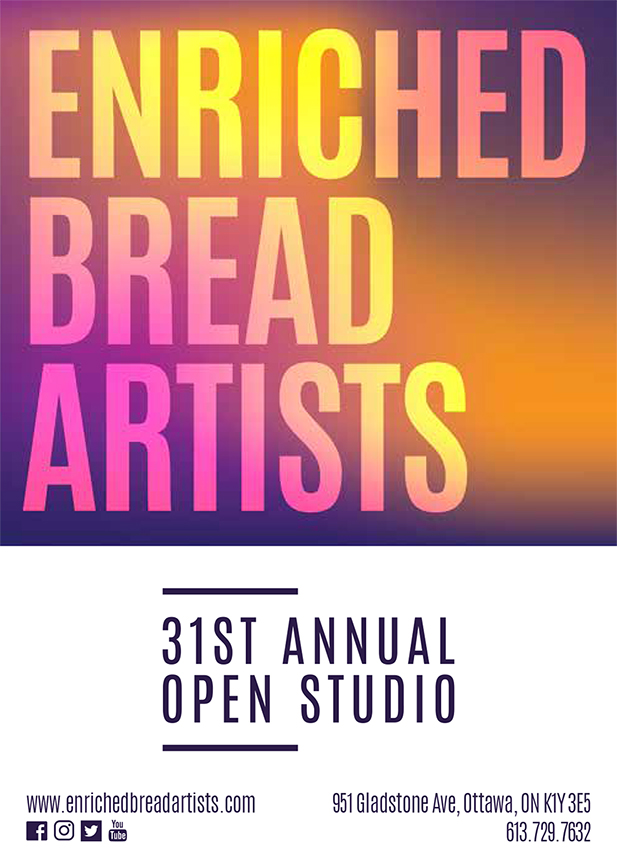31st Annual Open Studio!
It’s one thing to see finished artwork in a gallery, but are you ever curious about what goes on behind the scenes in the life of an artist? For two weekends every year, members of Ottawa’s Enriched Bread Artists (EBA) collective pulls back the curtain on this mystery, opening their creative workspaces to the public.
EBA is a not-for-profit arts organization located on the first and second floors of 951 Gladstone Avenue in the former factory built by the Standard Bread Company.
Having 21 individual studios on two floors, the artists have their own space to create in innovative ways and expand their potential as creatives. Their ideas and results are diverse and innovative with paint, paper, printmaking, photography, sculpture, installation and multi-media creations.
This fall, our 31st Annual Open Studio will kick off with a party.
Thursday October 19th and the following two weekends, visitors will get the chance not only to view an exhibit of EBA artists’ latest creations, but also to have a sneak peek into the studios where the magic happens. Paint splatters, aprons, oddities and all. We are proud to share with our community our passion, our space and our works.
We can’t wait to see you there!
Vernissage
Thursday, October 19, 2023, 6 to 9 pm.
Cash bar and snacks. Beats provided by dj Michael Caffery
951 Gladstone Avenue, just west of Preston Street, Ottawa
Open Studio continues over two weekends.
First weekend:
Saturday, October 21, 11 am – 5 pm;
Sunday, October 22, 11 am – 5 pm.
Second weekend:
Saturday, October 28, 11 am – 5 pm;
Sunday, October 29, 11 am – 5 pm.
Special Event: Symposium on Health and the Visual Arts in Ottawa
Saturday, October 28
Time: 1:30 – 3:30 pm
951 Gladstone Avenue, First Floor
Session 1 1:30 pm – 2:30 pm
Topic: Artist Talks discussing art, mental health, and histories of trauma with Stéphane Alexis, Michael Ashley, Pierre Richardson, and Cindy Stelmackowich
Session 2 2:45 pm – 3:30 pm
Topic: Organizations on Health, Art and Community
![]() Radical Connections transforms healthcare with all kinds of artists. Connecting the arts and health improves quality of life for residents, patients, and everyone working in and visiting healthcare settings. Creative participation is crucial for humanizing healthcare by celebrating individuals as well as the diversity of cultures, abilities, and communities. Presenter: Jenny McMaster.
Radical Connections transforms healthcare with all kinds of artists. Connecting the arts and health improves quality of life for residents, patients, and everyone working in and visiting healthcare settings. Creative participation is crucial for humanizing healthcare by celebrating individuals as well as the diversity of cultures, abilities, and communities. Presenter: Jenny McMaster.
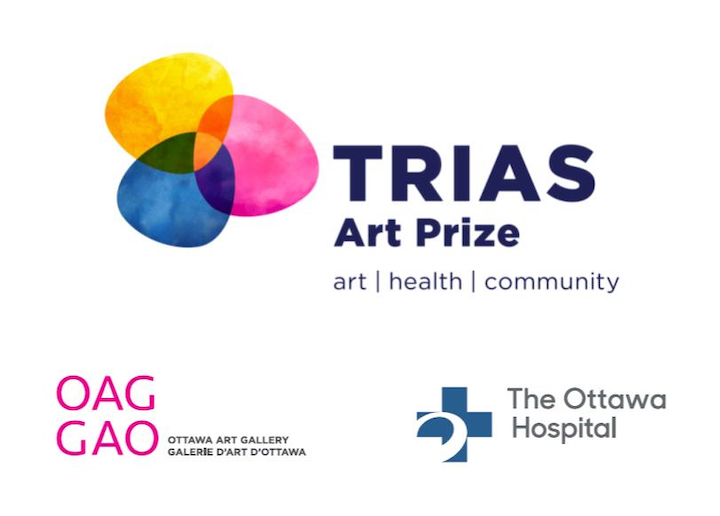 The Trias Art Prize. The Ottawa Art Gallery (OAG) and The Ottawa Hospital’s (TOH) new community arts award program, The Trias Art Prize, infused the hospital’s public spaces with art, and recognized the artist’s role in healing and wellness. Presenters: Emma Campbel and Lydia Blanchard of The Ottawa Art Gallery, and Svetlana Swinimer, Trias Art Prize recipient.
The Trias Art Prize. The Ottawa Art Gallery (OAG) and The Ottawa Hospital’s (TOH) new community arts award program, The Trias Art Prize, infused the hospital’s public spaces with art, and recognized the artist’s role in healing and wellness. Presenters: Emma Campbel and Lydia Blanchard of The Ottawa Art Gallery, and Svetlana Swinimer, Trias Art Prize recipient.
Participating Artists
Sarah Anderson ● Maren Kathleen Elliott ● Sandra Gregson ● Sayward Johnson ● Gayle Kells ● Clara Kim ● Karina Kraenzle ● Juliana McDonald ● Jennifer Macklem ● Valerie P. Noftle ● Christos Pantieras ● Bozica Radjenovic ● Colette Gréco-Riddle ● Daniel Sharp ● Cindy Stelmackowich ● Svetlana Swinimer ● Tavi Weisz ● Joyce Westrop ● Yvonne Wiegers ● Katherine Zarull
Biographies of Special Event Participants:
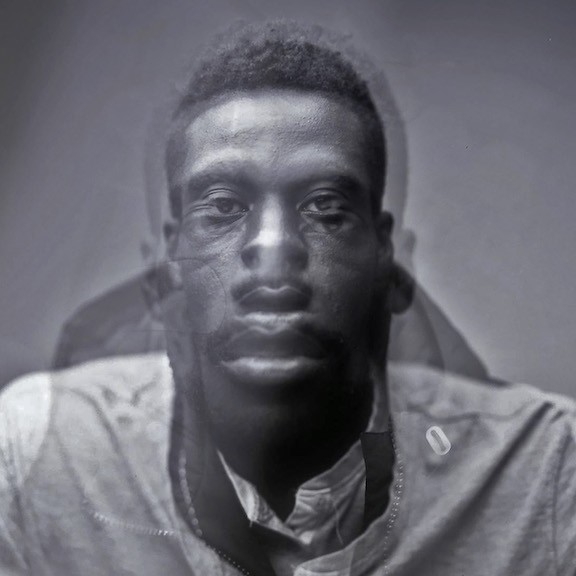 Stéphane Alexis is an artist based in Ottawa and graduate of the School of the Photographic Arts: Ottawa (SPAO). His work stems from personal experiences, research, and community collaboration. He aims to foster a level of understanding to the often overlooked communities to which he relates, thus allowing these communities to better integrate with outer communities. He believes that we can only come to solutions if we identify issues, and we can do this by communicating openly with each other and allow the negativity and difficulties to come to the surface. Alexis has had artworks acquired by various private and public collections including the Canada Art Bank and Global Affairs Canada.
Stéphane Alexis is an artist based in Ottawa and graduate of the School of the Photographic Arts: Ottawa (SPAO). His work stems from personal experiences, research, and community collaboration. He aims to foster a level of understanding to the often overlooked communities to which he relates, thus allowing these communities to better integrate with outer communities. He believes that we can only come to solutions if we identify issues, and we can do this by communicating openly with each other and allow the negativity and difficulties to come to the surface. Alexis has had artworks acquired by various private and public collections including the Canada Art Bank and Global Affairs Canada.
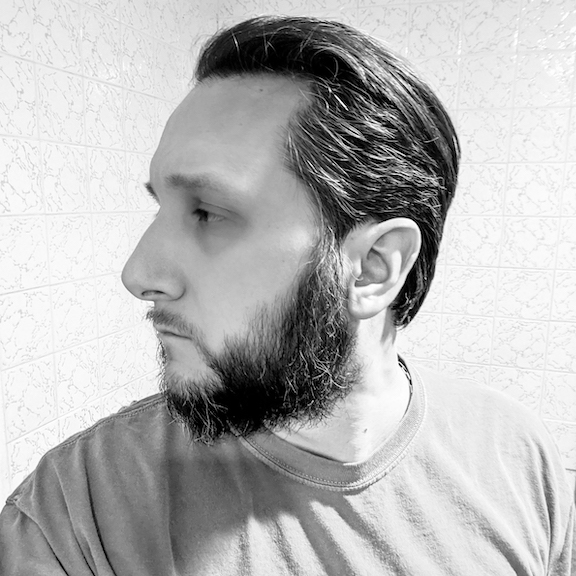 Pierre Richardson is an Ottawa based interdisciplinary artist who graduated from the University of Ottawa’s MFA program in 2018. His work often deals with his own struggles with mental health and disability, trying to synthesize the disorienting feelings of uncertainty and pain that is usually hidden from outside observers, while keeping things less heavy with a bit of gallows humour. Layering and obfuscation of things, building, and rearranging all lead the viewer to have to try and decipher their own narratives within the works, which is constantly evolving. Pieces can stand on their own or find themselves involved in an improvised arrangement, which is in constant flux and where the documentation becomes part of the process. He needs to create more work.
Pierre Richardson is an Ottawa based interdisciplinary artist who graduated from the University of Ottawa’s MFA program in 2018. His work often deals with his own struggles with mental health and disability, trying to synthesize the disorienting feelings of uncertainty and pain that is usually hidden from outside observers, while keeping things less heavy with a bit of gallows humour. Layering and obfuscation of things, building, and rearranging all lead the viewer to have to try and decipher their own narratives within the works, which is constantly evolving. Pieces can stand on their own or find themselves involved in an improvised arrangement, which is in constant flux and where the documentation becomes part of the process. He needs to create more work.
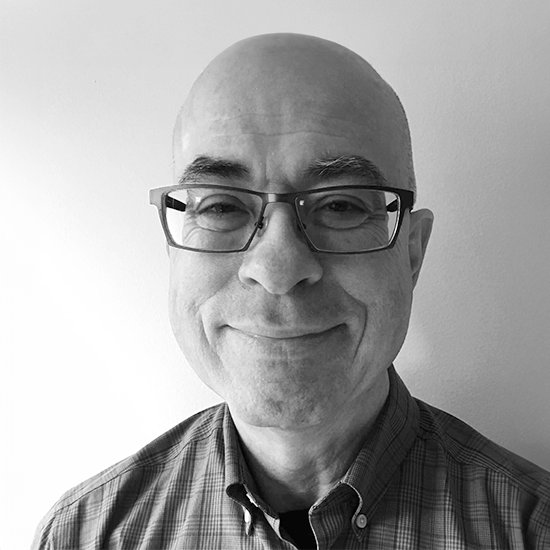 Michael Ashley completed a BA in History at Carleton University, and earned a professional qualification in accounting. Courtesy of a lovely severance package from the late, lamented, Nortel Networks, Michael was able to fulfill his dream to study visual arts, graduating from the University of Ottawa BFA program summa cum laude in 2008 and their MFA program in 2017. Since then, he has continued his work in photography and media arts. He was part of the Blink Artists’ collective and currently works as Administrator for the Enriched Bread Artists collective. He has also volunteered with SAW Gallery, Artengine, and the Ottawa School of Art.
Michael Ashley completed a BA in History at Carleton University, and earned a professional qualification in accounting. Courtesy of a lovely severance package from the late, lamented, Nortel Networks, Michael was able to fulfill his dream to study visual arts, graduating from the University of Ottawa BFA program summa cum laude in 2008 and their MFA program in 2017. Since then, he has continued his work in photography and media arts. He was part of the Blink Artists’ collective and currently works as Administrator for the Enriched Bread Artists collective. He has also volunteered with SAW Gallery, Artengine, and the Ottawa School of Art.
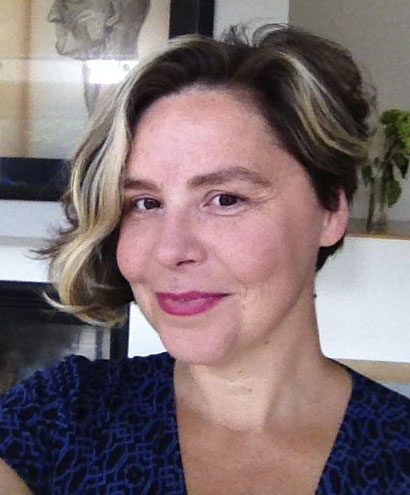 Cindy Stelmackowich is an artist, curator and academic from Saskatchewan and moved to Ottawa to complete a MA at Carleton University. She did PHD work in art history and theory in New York, and post-doctoral studies in history of art and science in New York and Germany. Cindy often works with the visual cultures and found objects of medicine, exploring the materiality of the body through experimental sculpture, installations and digital collage. A recent work entitled Shell Shock addresses historical and psychological dimensions of the wounded and trench warfare through its incorporation of found objects such as WWI medical splints, bandaging, and flesh-like wax applications. Her Wound Care series recreates limb-like cross-sections of the body from the pages of medical texts and reflects on the often-invisible and femininized labour of care work.
Cindy Stelmackowich is an artist, curator and academic from Saskatchewan and moved to Ottawa to complete a MA at Carleton University. She did PHD work in art history and theory in New York, and post-doctoral studies in history of art and science in New York and Germany. Cindy often works with the visual cultures and found objects of medicine, exploring the materiality of the body through experimental sculpture, installations and digital collage. A recent work entitled Shell Shock addresses historical and psychological dimensions of the wounded and trench warfare through its incorporation of found objects such as WWI medical splints, bandaging, and flesh-like wax applications. Her Wound Care series recreates limb-like cross-sections of the body from the pages of medical texts and reflects on the often-invisible and femininized labour of care work.


